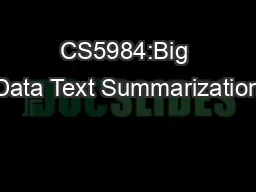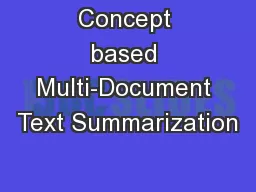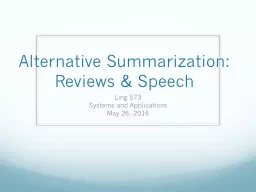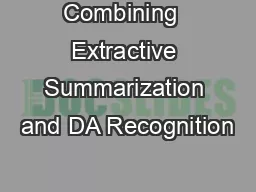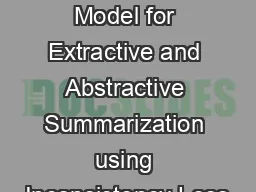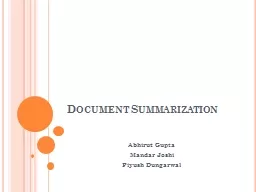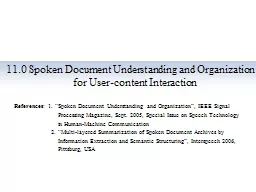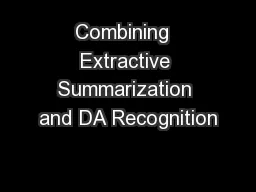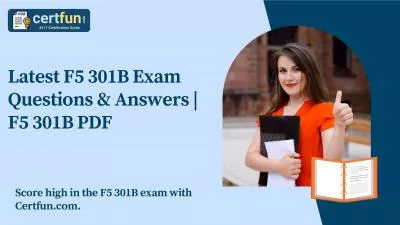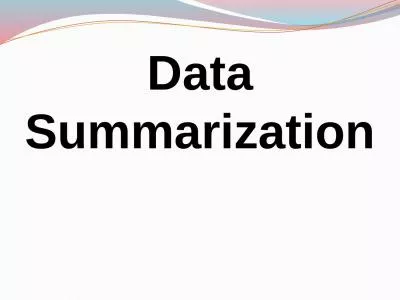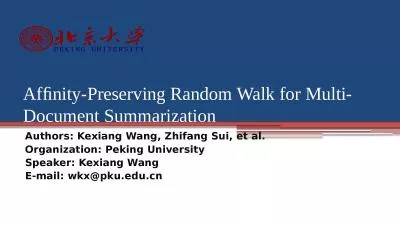PPT-CS5984:Big Data Text Summarization
Author : conchita-marotz | Published Date : 2019-11-28
CS5984Big Data Text Summarization Instructor Dr Edward A Fox Virginia Tech Blacksburg VA 24061 Dataset Hurricane Irma Team 9 Raja Venkata Satya Phanindra Chava
Presentation Embed Code
Download Presentation
Download Presentation The PPT/PDF document "CS5984:Big Data Text Summarization" is the property of its rightful owner. Permission is granted to download and print the materials on this website for personal, non-commercial use only, and to display it on your personal computer provided you do not modify the materials and that you retain all copyright notices contained in the materials. By downloading content from our website, you accept the terms of this agreement.
CS5984:Big Data Text Summarization: Transcript
Download Rules Of Document
"CS5984:Big Data Text Summarization"The content belongs to its owner. You may download and print it for personal use, without modification, and keep all copyright notices. By downloading, you agree to these terms.
Related Documents

